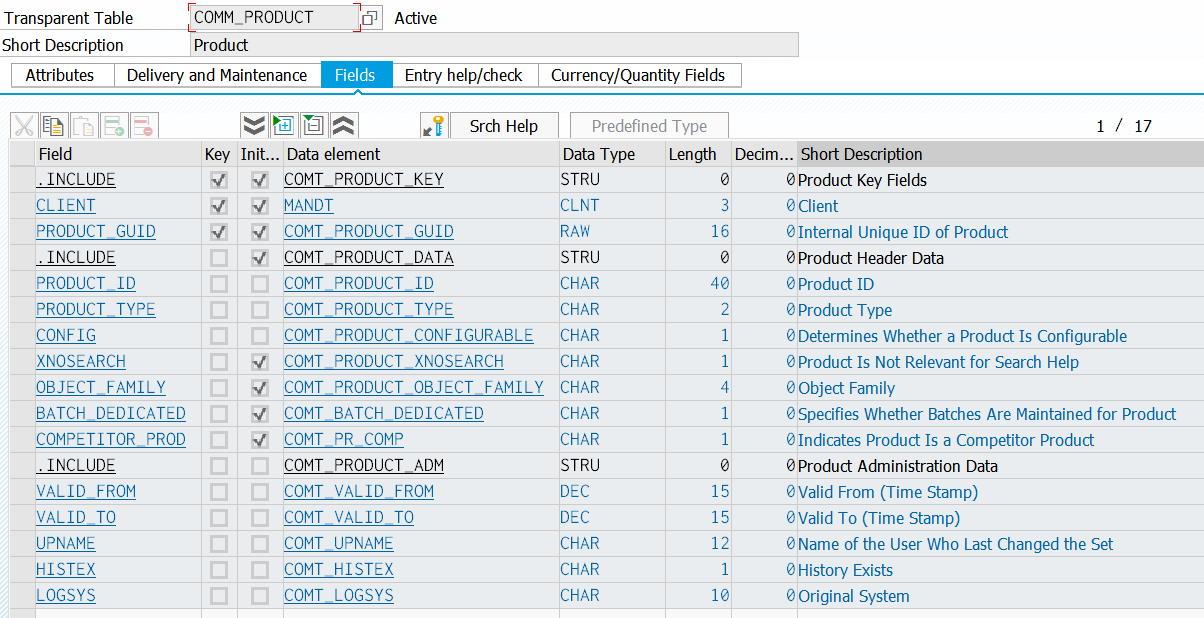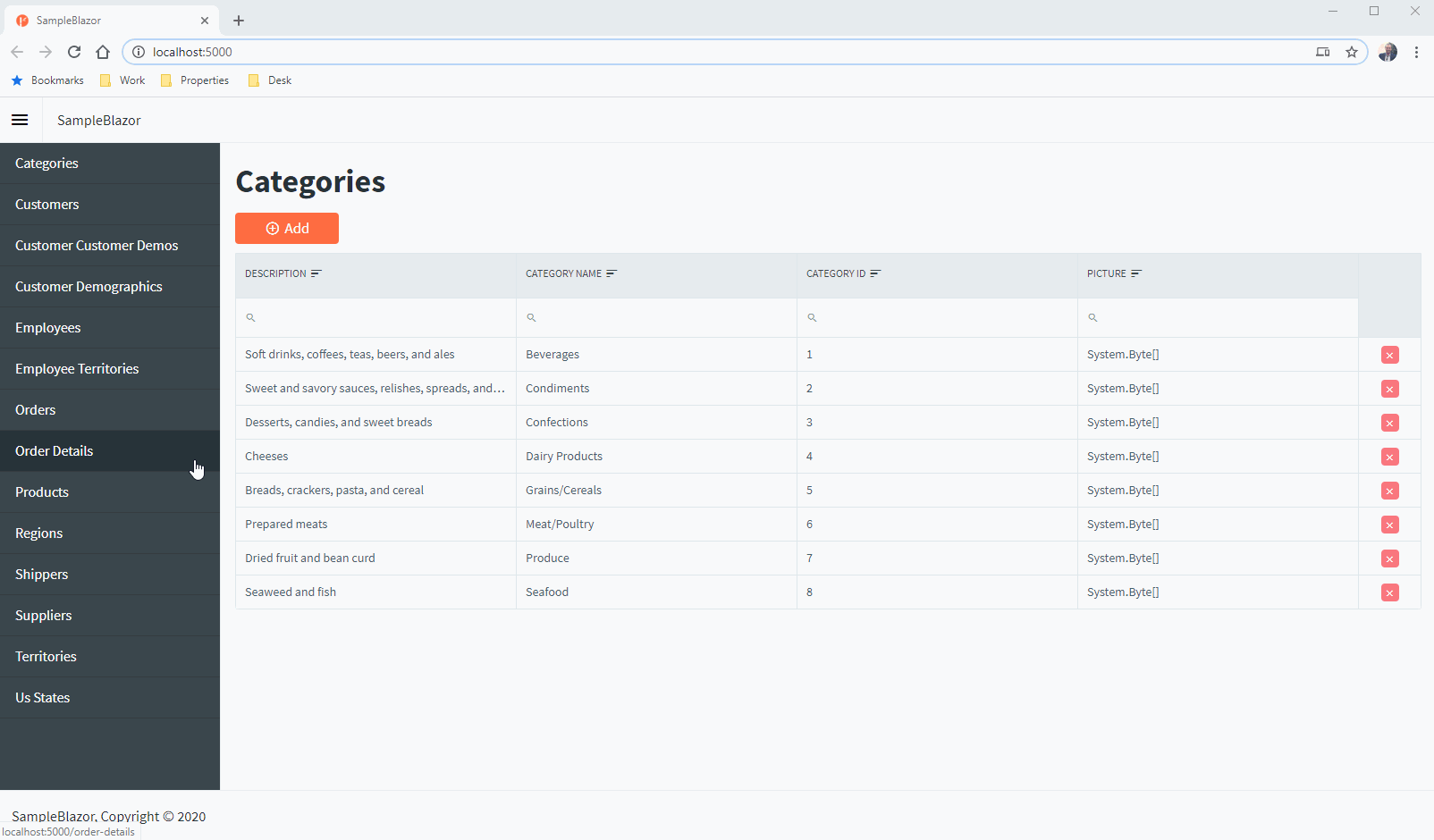

Sometimes, monitoring tools point to impending problems in the DBMS and addressing these problems right away reduces the possibility of downtimes. In general, be proactive and have a set of database tools ready so you can fix the problem as soon as it occurs. Thus, these are some of the key considerations when evaluating the right tool for your needs. Obviously, the latter option is better because installation is easy and less time-consuming, the whole process is cost-effective, and sharing between DBMS is convenient and simple. Some database tools require a separate executable and installation for each DBMS while others work well with a single installation across many DBMS. Such an integrated approach can enhance the overall performance of your database as well. Such tools make the integration easier while maximizing the benefits you can get from the tools and the database itself. Many DBMS providers sell database tools that work well with their specific DBMS.

This is all the more pertinent if you have more than one specialty DBMS within your organization. If you want to avoid such extra work, try the integrated tools from the vendor or look for tools that are specifically designed for a particular database. In fact, integrating third-party tools with your DBMS may not be easy and is sure to require additional effort and even possibly some coding from your end. Integrationīesides the operating system, compatibility with your database is also a key aspect. Some products offer cross-platform support, so choose such products if you have different versions of operating systems in your organization. While making this choice, keep in mind the specific versions too. In other words, the compatibility between a chosen database tool and the underlying operating system is a key aspect you should consider. Operating systemĪll database tools do not work well with all operating systems. Many times, you’ll want database tools that will handle a specific functionality such as comparing the data across two or more databases, managing your DBMS, getting insights into specific metrics of its performance, creating tables, and more.Ĭhoose a tool that offers this specific functionality for you. Knowing this structure of the database and the possible problems related to it helps to reduce your effort in finding the right tool. Database structureĪnother important aspect to consider is the structure of the database management system that could vary between organizations, and for that matter, between departments and projects too. As mentioned earlier, all database tools do not fix all problems, so pick the one that addresses your specific problem.įor example, if you have a problem related to database fragmentation, you should look at tools that offer remediation in that area. It’s also possible that you anticipate the occurrence of such a problem and want to proactively monitor your database to avoid it.Įither way, you want to solve a specific problem and this is the most important requirement when evaluating the different tools. In the most common scenario, you are researching for the right database tool because you have encountered a specific problem or situation and want to remedy it. Here are the main points that you have to consider when looking for a database tool. With so many database tools out there, choosing the right tool can be overwhelming, to say the least. Each of these tools performs a specific task and not all the admin tasks, and this is why you may need more than one tool, depending on the task on hand. Database toolsĭatabase tools is a broad term that encompasses all the tools, utilities, and assistants that come in handy for performing the different database administration tasks. They measure the different aspects of the database as well as the applications that run on it to improve response time and efficiency while also reducing downtime. As a system admin, staying on top of the health and performance of this critical resource is a high priority, as even a less-than-optimal performance can have a big impact on your business.īut doing it manually is tedious and highly error-prone and this is why there are many automated tools that give a quick insight into the functionality and performance of your databases. You can query, sort, and manipulate data within seconds, and this is what makes the database a central piece of every organization’s IT landscape. At the heart of it all is the need for a secure place to store all this data so you can analyze it and glean business insights for actionable decisions.Ī database is a secure place that makes it easy to store data in an organized way.

Data is an integral part of today’s digital world and it is also a big source of wealth for organizations as they use it to learn more about customers, their preferences, trends, and so much more.


 0 kommentar(er)
0 kommentar(er)
